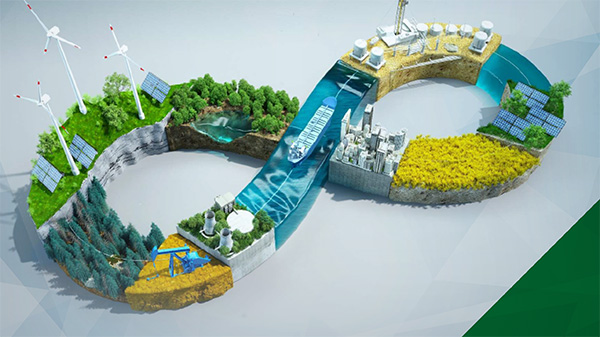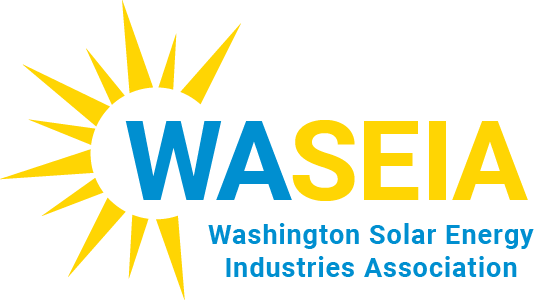Solar and Storage Add Value to Washington’s Energy Grid
Washingtonians Deserve a Fair Process that Evaluates the Full Value of Solar
WASEIA recently participated in a workgroup to provide input to a consulting group hired by a utility consortium. The consultant was tasked with analyzing the impact net energy metering (NEM) of local solar has on Washington’s energy grid. We contend that this workgroup was organized and executed on an accelerated timeline that did not allow for sufficient feedback or thorough analysis. Furthermore, the list of stakeholders who participated did not provide complete representation for the interests of Washington. Consequently, we argue that the consultant’s report is significantly flawed, both in terms of technical aspects and methodology.
We believe that the people of Washington deserve a comprehensive, careful, and all-encompassing study on the value of solar energy. WASEIA maintains that this report is notably deficient and unsuitable for evaluating the overall value solar provides to our state. Therefore, we urge all interested parties to completely disregard its influence and conclusions.
Stakeholder Responses:
Subject Matter Experts, M.Cubed
M.Cubed Comments on Washington Utilities NEM Evaluation-Draft Results
Clean Energy and Energy Justice organizations, Northwest Energy Coalition and Spark Northwest
NWEC and NW Spark Comments on Washington Utilities NEM Evaluation
Washington’s Local Solar Industry, Washington Solar Energy Industries Association
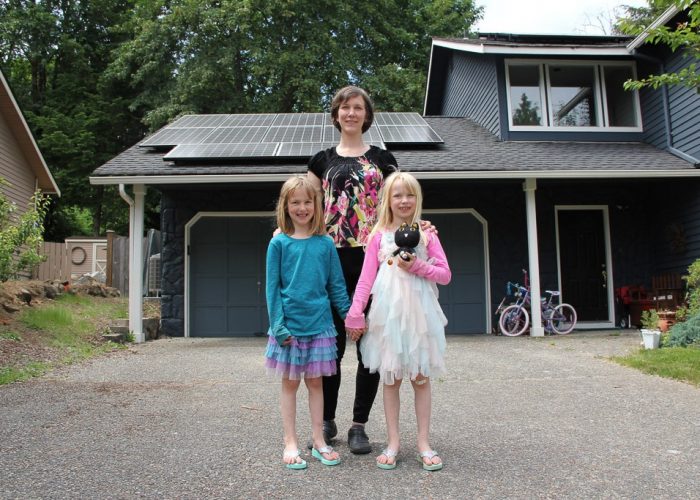
The Economic Benefits of Rooftop Solar to Washington
Rooftop solar is well-suited to help Washington meet its 2030 net zero carbon target while creating economic benefits to the state. Yet Washington has been a laggard in rooftop photovoltaics (PV) adoption, with per capita installation just 17% of the national average. Only 1.4% of households have rooftop solar currently.
- The economic benefits from achieving high rooftop solar adoption levels would be substantially greater than relying on utility-scale solar or wind to supply the same amount of capacity.
- Rooftop solar will sustain as many as 1,792 jobs in 2024 compared to a high estimate of 290 jobs associated with utility-scale solar and 239 for wind for the same installed capacity.
- By 2030 maintaining existing net metering regulations would result in as many as 6,650 jobs for rooftop solar compared to a high of 1,077 for utility-scale solar and 886 for wind. Read More
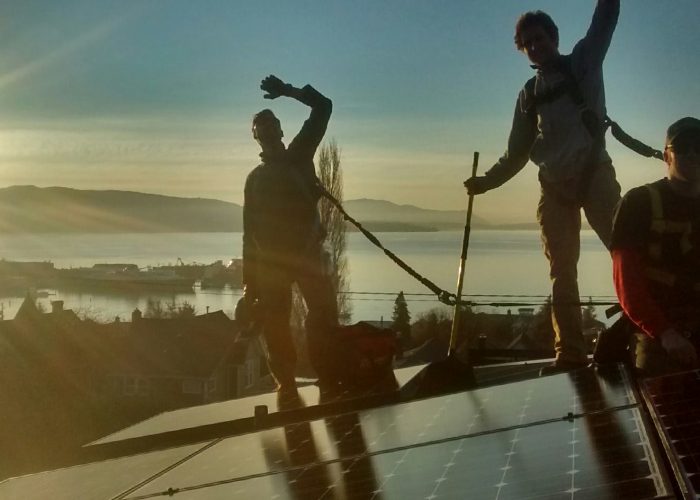
Powering Up Parking Lots: Harnessing the Potential of Parking Lot Solar Installations
At present, approximately 84% of large-scale solar projects are situated on public, agricultural, and tribal lands. By installing solar panels in larger parking lots in Washington, we can make use of areas that have already suffered ecological degradation, reducing the strain on valuable open spaces. Moreover, utilizing areas with ample parking space could bring solar power to disadvantaged communities, and increase the potential for widespread adoption of distributed solar energy and electric vehicles. Read More
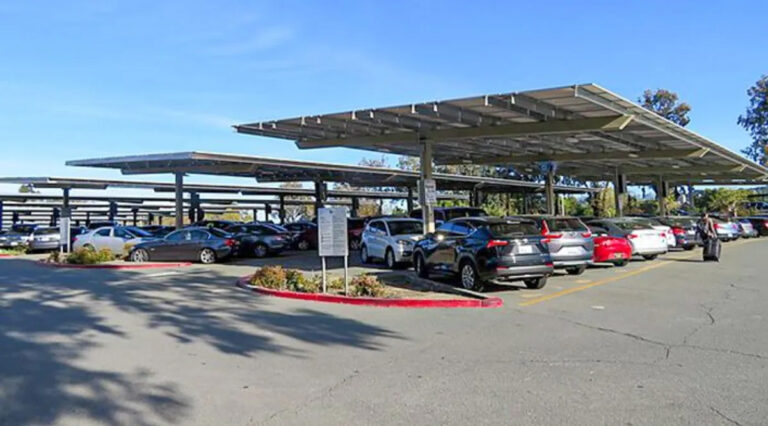
Other States and Countries Are Outpacing Washington on Solar. We Can Do Better.
Washington is currently perfoming well-below our potential rooftop and distribued solar capacity compared to other states and nations located at similar latitudes and with comparable climates. We have the capacity to signicantly improve the contribution that solar can make towards meeting Washington’s clean energy goals. Read More

U.S. Department of Energy: Transformative Opportunities for Widescale Clean Energy Deployment
The U.S. Department of Energy (DOE) recently announced the release of new Pathways to Commercial Liftoff reports focusing on the opportunities and challenges that lie in achieving industrial decarbonization and implementing virtual power plants (VPPs). The Liftoff series first launched in March 2023 to provide the private sector and other industry partners a valuable, engagement-driven resource on how technologies can reach full scale deployment. Both industrial decarbonization and VPPs are crucial to reducing carbon emissions, improving the resilience of our energy systems, and achieving President Biden’s ambitious goals of 100% clean electricity by 2035 and a net-zero emissions economy by 2050.
